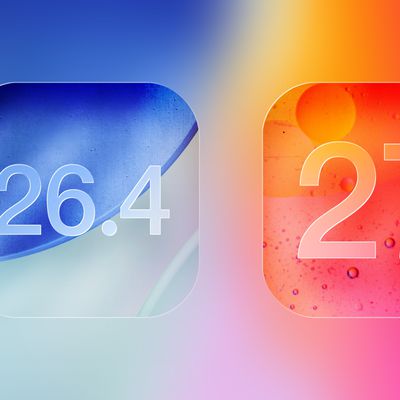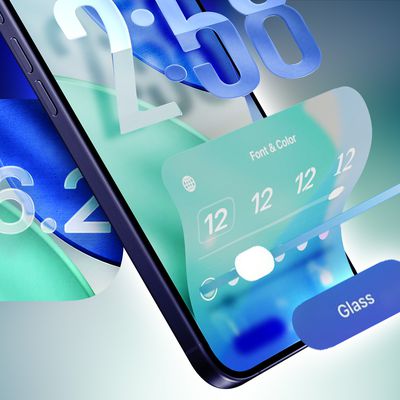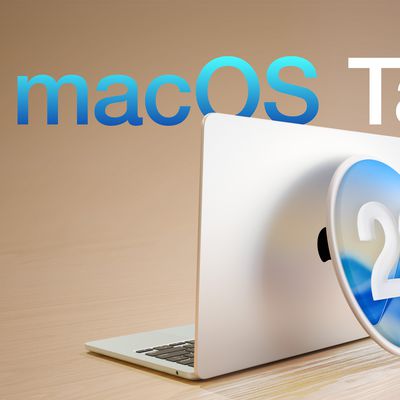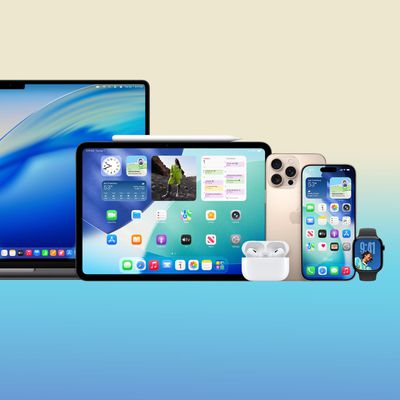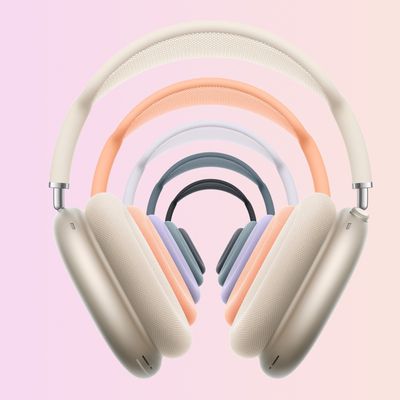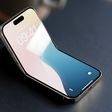Samsung and TSMC iPhone 6s Chips Show Smaller Real-World Battery Impacts Compared to Benchmarks
The news that Apple dual sourced its A9 chips for the iPhone 6s and iPhone 6s Plus has been a point of discussion over the past few weeks, especially when new battery tests on the phones pointed towards the TSMC chips outperforming those made by Samsung. Following the news, several YouTubers have begun creating videos to compare the dual sourced chips in both battery-straining tests and basic real-world scenarios.
In the first video, Austin Evans compared identical models of the iPhone 6s -- one with the Samsung chip and one with the TSMC chip -- and calibrated their screens so they had the exact same brightness. After running the GeekBench 3 battery test until they both ran down to 50 percent battery life, Evans discovered that the TSMC iPhone 6s lasted fifty minutes longer than the Samsung version, "resulting in a nearly 1.5 times difference in battery life." Thermal imaging also showed the Samsung device running hotter than the TSMC version.
Evans also ran a lighter battery test, playing the same hour-long YouTube video on each device to see how a more day-to-day scenario would affect each chip. In the end, he saw only a one percentage point difference in battery drain, noting that while heavy-use cases could see the TSMC chips come out on top, highlighting the differences between benchmarks and real-world usage.
The next video is from
Jonathan Morrison, who compared each chip by running a 30-minute timelapse with all the same settings and brightness running on each device. After the test, the Samsung iPhone 6s was down to 84 percent battery, while the TSMC version came in on top with 89 percent remaining. Morrison continued testing the battery strength of each chip with a ten-minute 4k video test, exporting the video file in iMovie, and finishing off by running GeekBench 3. At the end of the full set of tests, the iPhone with the Samsung chip was at 55 percent battery while the TSMC device was at 62 percent.
The takeaway from Morrison and Evans' videos today seems to be that while intense cases like synthetic Geekbench tests designed to push devices to their limits revealed as high as a 22% difference in battery life between devices using the two chips, real-world impacts may be much smaller depending on the mix of activities. In these specific usage patterns shown above, battery life differences between the two processors ranged from 6% to 11%.
Popular Stories
Macworld's Filipe Espósito today revealed a handful of features that Apple is allegedly planning for iOS 26.4, iOS 27, and even iOS 28.
The report said the features are referenced within the code for a leaked internal build of iOS 26 that is not meant to be seen by the public. However, it appears that Espósito and/or his sources managed to gain access to it, providing us with a sneak peek...
The first foldable iPhone will feature a series of design and hardware firsts for Apple, according to details shared by the Weibo leaker known as Digital Chat Station.
According to a new post, via machine translation, Apple is developing what the leaker describes as a "wide foldable" device, a term used to refer to a horizontally oriented, book-style foldable with a large internal display....
Apple today released iOS 26.2, the second major update to the iOS 26 operating system that came out in September, iOS 26.2 comes a little over a month after iOS 26.1 launched. iOS 26.2 is compatible with the iPhone 11 series and later, as well as the second-generation iPhone SE.
The new software can be downloaded on eligible iPhones over-the-air by going to Settings >...
Apple seeded the second iOS 26.2 Release Candidate to developers earlier this week, meaning the update will be released to the general public very soon.
Apple confirmed iOS 26.2 would be released in December, but it did not provide a specific date. We expect the update to be released by early next week.
iOS 26.2 includes a handful of new features and changes on the iPhone, such as a new...
Apple today released macOS Tahoe 26.2, the second major update to the macOS Tahoe operating system that came out in September. macOS Tahoe 26.2 comes five weeks after Apple released macOS Tahoe 26.1.
Mac users can download the macOS Tahoe update by using the Software Update section of System Settings.
macOS Tahoe 26.2 includes Edge Light, a feature that illuminates your face with soft...
Last week, details about unreleased Apple devices and future iOS features were shared by Macworld. This week, we learned where the information came from, plus we have more findings from the leak.
As it turns out, an Apple prototype device running an early build of iOS 26 was sold, and the person who bought it shared the software. The OS has a version number of 23A5234w, and the first...
Apple today released new firmware designed for the AirPods Pro 3 and the prior-generation AirPods Pro 2. The AirPods Pro 3 firmware is 8B30, up from 8B25, while the AirPods Pro 2 firmware is 8B28, up from 8B21.
There's no word on what's include in the updated firmware, but the AirPods Pro 2 and AirPods Pro 3 are getting expanded support for Live Translation in the European Union in iOS...
Apple released the AirPods Max on December 15, 2020, meaning the over-ear headphones launched five years ago today. While the AirPods Max were updated with a USB-C port and new color options last year, followed by support for lossless audio and ultra-low latency audio this year, the headphones lack some of the features that have been introduced for newer generations of the regular AirPods and the ...


